The US space agency's Europa Clipper spacecraft launched from the Kennedy Space Center at Cape Canaveral on a SpaceX Falcon rocket. The solar-powered probe is expected to enter orbit around Jupiter in 2030 after traveling about 2.9 billion kilometers over five and a half years. The launch was scheduled for last week but was postponed because of Hurricane Milton.
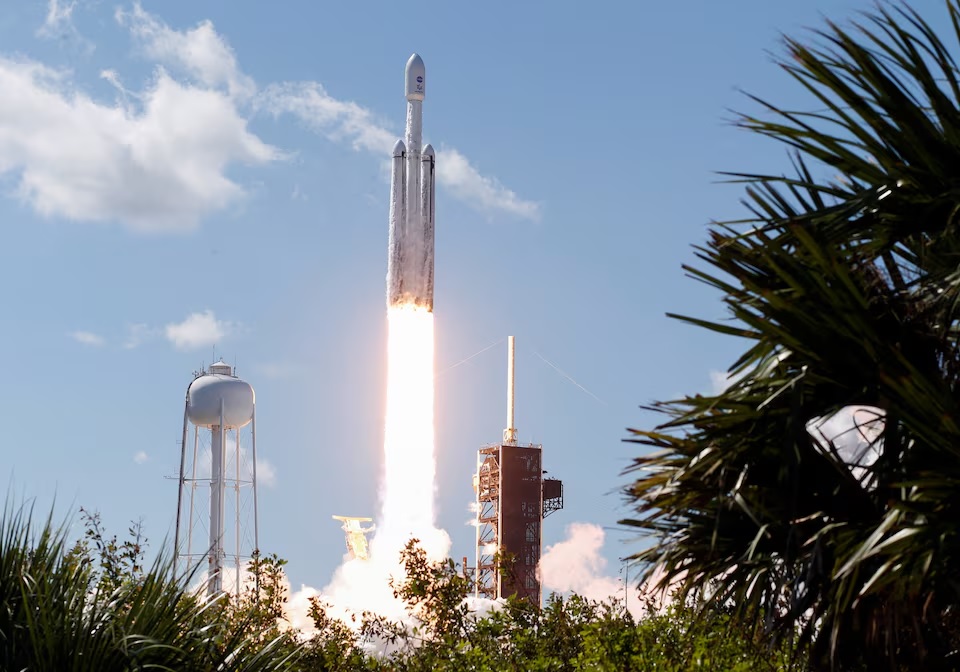
SpaceX's Falcon Heavy rocket successfully launches for the Europa Clipper mission to study Jupiter's moon Europa, at the Kennedy Space Center in Cape Canaveral, Florida, US on October 14, 2024. Photo: Reuters
It is the largest spacecraft NASA has built for a planetary mission, measuring about 100 feet (30.5 meters) long, about 58 feet (17.6 meters) wide, and weighing about 13,000 pounds (6,000 kilograms).
Although Europa, the fourth largest of Jupiter's 95 officially recognized moons, is only a quarter of Earth's diameter, its vast saltwater ocean could hold twice as much water as Earth's oceans. Earth's oceans are thought to be the birthplace of life on our planet.
Europa, which is about 3,100 km in diameter, about 90% of the diameter of the Moon, is considered a potential habitat for extraterrestrial life in our Solar System. Its icy crust is thought to be 15-25 km thick, lying on an ocean 60-150 km deep.
NASA Assistant Administrator Jim Free said at a pre-launch press conference on Sunday that Europa boasts one of the most promising potentially habitable environments in our Solar System, other than Earth, although he noted that the mission will not be about finding any actual living creatures.
X
Video simulation of NASA's Clipper spacecraft flying past Jupiter's moon Europa. (Source: NASA)
Among the mission's goals are to measure the interior ocean and the ice above, map the surface composition, and hunt for plumes of water vapor that might be escaping from Europa's icy crust. The plan is for Europa Clipper to make 49 flybys of Europa over a three-year period starting in 2031, coming within 25 kilometers of the moon's surface.
NASA says Europa Clipper is loaded with more than 6,060 pounds (2,750 kilograms) of fuel to get it to Jupiter. The spacecraft won't take a direct route to Jupiter. Instead, it will fly by Mars, then return to Earth, using each planet's gravity to boost its momentum.
Its solar panels, folded up at launch, will collect sunlight to power the spacecraft's nine scientific instruments as well as its electronics and other subsystems.
Hoang Hai (according to NASA, Reuters, CNN)
Source: https://www.congluan.vn/nasa-phong-tau-vu-tru-de-tim-hieu-su-song-tren-ve-tinh-europa-cua-sao-moc-post316836.html








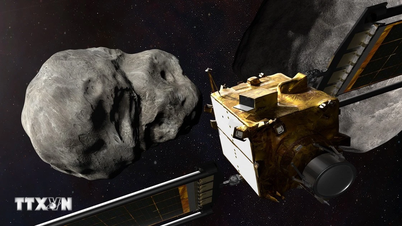

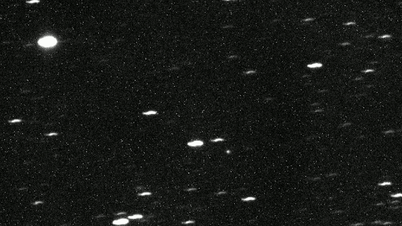

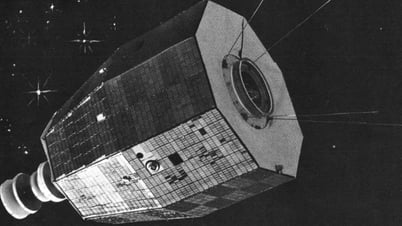




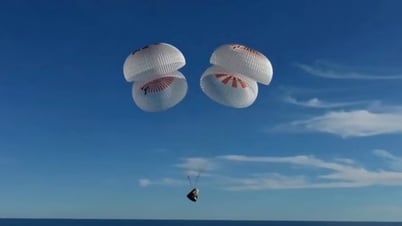


























































































Comment (0)